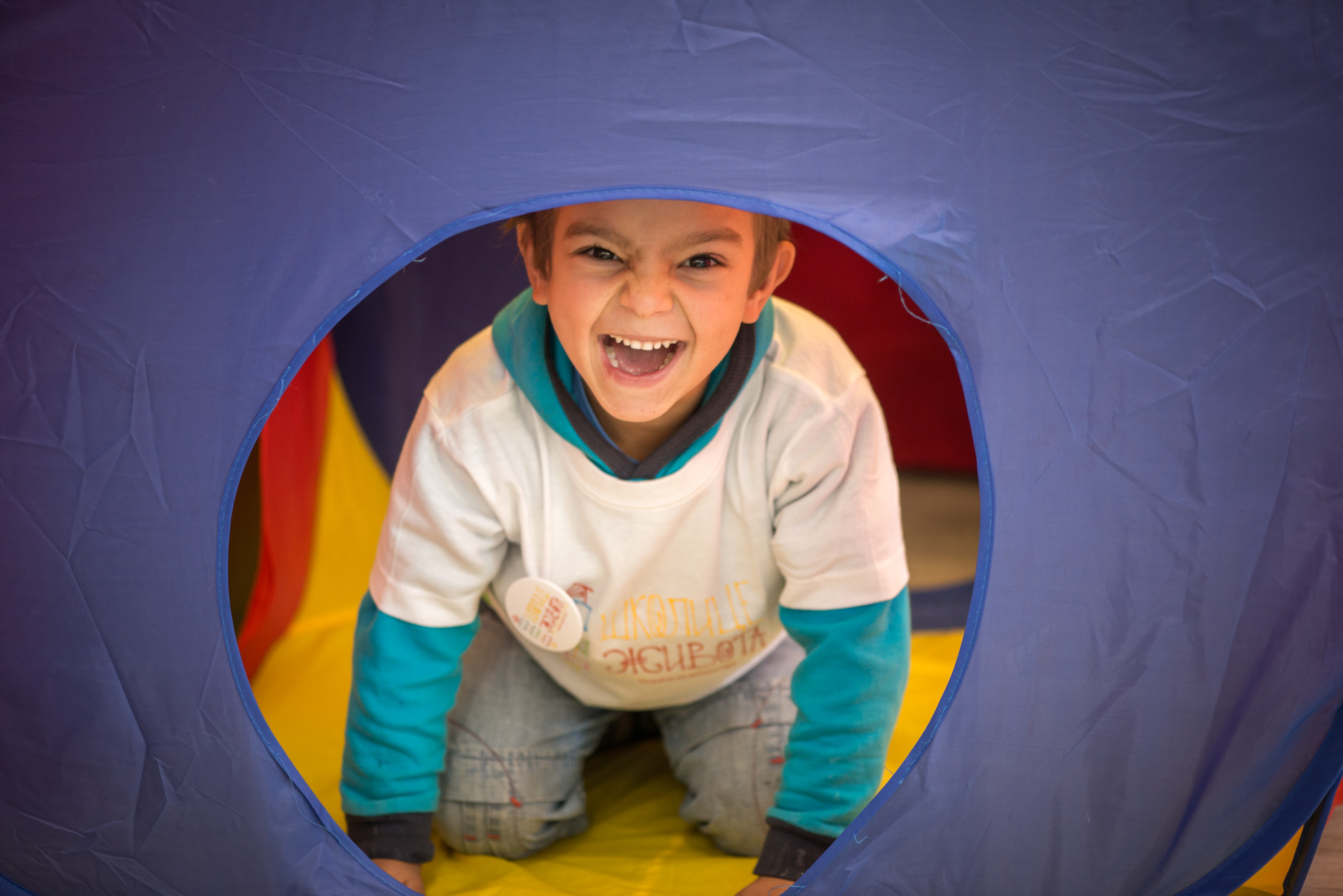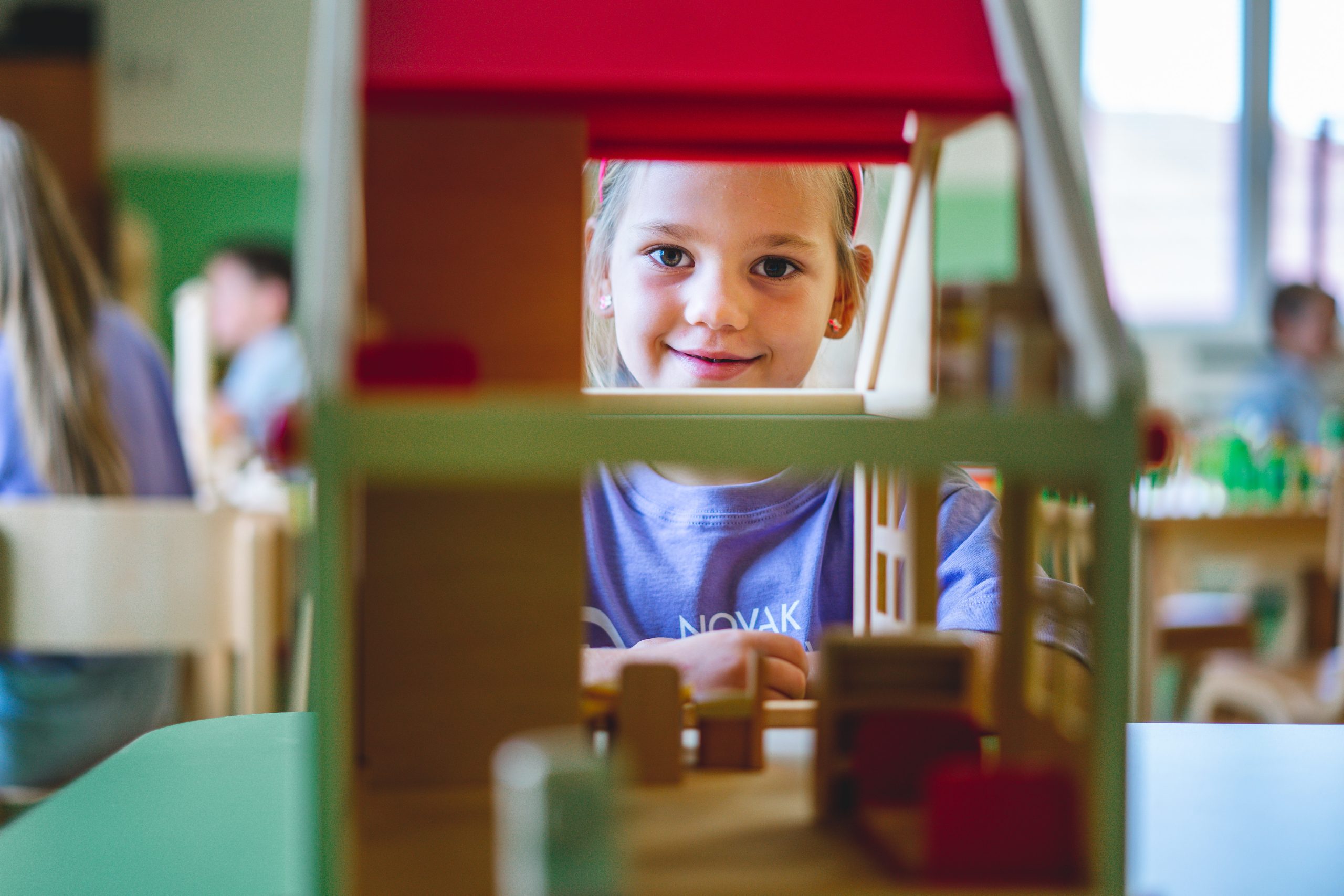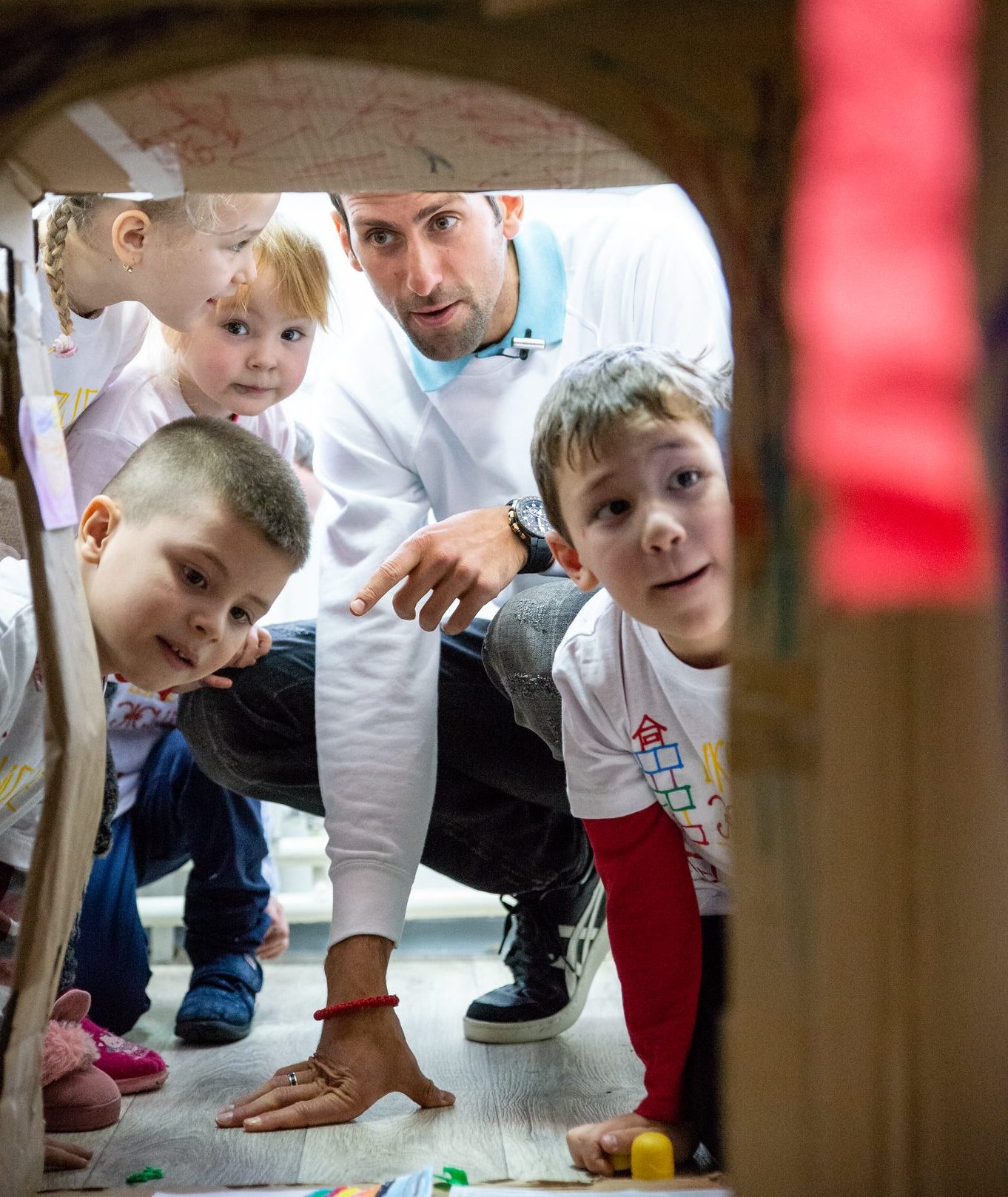A cardboard box is never really just a simple box – it may be a treasure chest, a house, a garage, a changing room, a locomotive or a castle. To a child, every day it can be something different.
“What should I buy Mateja?” It’s his second birthday after all. “
“Whatever you buy will be played with a box, bag, or decorative paper, so choose for yourself.”
And yes, that’s right. I believe you have noticed that children tend to play with empty boxes, plastic bottles, bags, decorative papers, packs of plain or wet wipes. They like to take the remote control, cables, instant coffee bags, dishes, plastic bowls, jewelry boxes and everything that is not specific toys.

A cardboard box is never really just a simple box – it may be a treasure chest, a house, a garage, a changing room, a locomotive or a castle. To a child, every day it can be something different.
Have you ever wondered why do they do that?
Kids love to create. They fantasize, imagine and invent. In one of the previous texts about leisure, I told you that it is very nice when you provide them with all the “material” for the game, but what will follow, is children’s time that will show what exactly will they do with it. When you give children a specific toy, it already has a specific function, there is a rule of how to handle it. Take for example a kitchen or a car mechanic’s shop. There is a logical sequence, the stove is turned on, a pot, a frying pan or something similar is put on the stove, it is cooked, then it is poured into a plate. When it comes to a car mechanic, a car is brought and repaired with some tools. By learning by example, children usually follow some new steps and acquire a new model of behavior. This is especially present when it comes to interactive toys because then the “instructions” are even more specific.
On the contrary, when it comes to an empty cardboard box, a bottle, or a bag, there are no rules.
Nowhere is it prescribed what should or must be done with that. The box can be a stove, a saucer, a car and a garage at the same time and function phenomenally. Everything can be put in the box, it can be arranged, it can be rearranged, which greatly affects sensory-motor development. You can draw, paint, scribble on the box and make it exactly what you need at that moment. Bigger the cardboard box – the bigger the possibilities! Some children like trains, some boats, some girls want to have a castle and it is all possible to make it out of a box – one or several of them.
What is especially interesting is the fact that the empty box and similar things, which I listed at the beginning of this text, can occupy children’s attention for a long time. You have noticed that children quickly forget all the toys, no matter how much they wanted them before, and as they say, “get used to it”, and that this is by no means the case with a box, bag or bottle. This is because these items are an inexhaustible source of inspiration for new fantasies for children. A teddy bear is always a teddy bear. A truck is always a truck. Barbie is always Barbie. But a bottle is never really a bottle, it is a phone, a car, a microphone or a lamp.
A cardboard box is never really just a simple box – it may be a treasure chest, a house, a garage, a changing room, a locomotive or a castle.
To a child, every day it can be something different. Children like to be like the ones they love – like adults. That is why they consciously and unconsciously imitate everything that their parents and (or) some other adults with whom they spend time do. And you know what? They all somehow use boxes, bottles, cables and bags, and none of them ever use any toy for anything. This is another reason why children have such a special relationship with spontaneously created toys.
Whenever you don’t know what to buy for your child, what to give him to play with while impacting his development of motor skills, creativity, and cognitive functions – look around the house for what you don’t need anymore and you will be really surprised by the results!


















